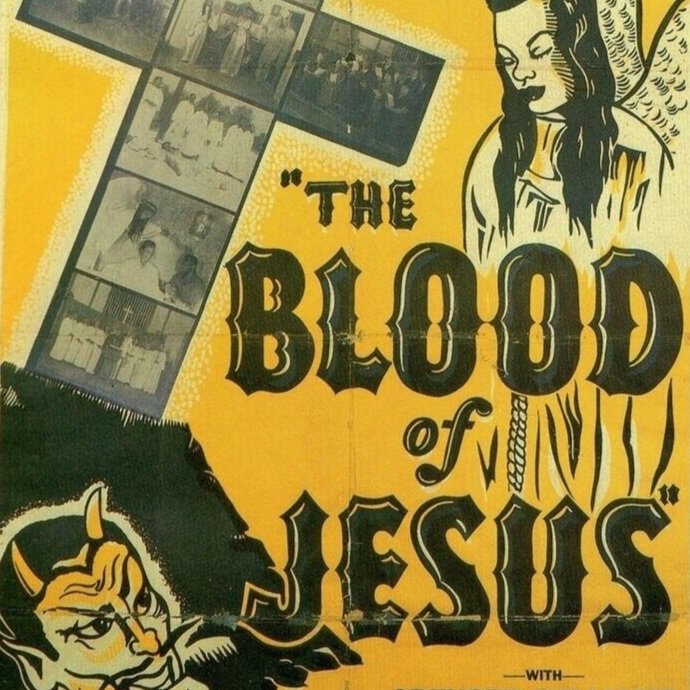
Films & Lectures
Find a film and begin a conversation.
Introduction to Race Films
Before you watch any of the films in this series, consider viewing the introductory video lecture An Introduction to Race Films by Dr. Samantha Sheppard, Associate Professor of Cinema and Media Studies at Cornell University.
Within Our Gates (1920)
A wrenching portrait of educational inequity and racial violence, Within Our Gates (1920) was produced and directed by Oscar Micheaux. The most controversial and prolific of the early race filmmakers, Micheaux rarely shied away from provocative topics, as the film’s graphic depictions of white brutality and prejudice clearly demonstrate.
The Flying Ace (1926)
In his race pictures, white filmmaker Richard E. Norman emphasized racial ambition, incorporated current events, and capitalized on the popular fascination with new technologies like automobiles and airplanes. The Flying Ace (1926), his best-known and only complete extant film, thrilled contemporary audiences with its sensational aerial flight scenes, its exciting love story, and above all its aspirational hero.
The Scar of Shame (1929)
The moving story of an ill-fated marriage that ultimately destroys several lives, the Colored Players’ The Scar of Shame (1929) explored the caste and class divisions that sometimes divided the black community. Although the film promoted the possibility of racial uplift, it also raised compelling questions about the notion of environment as destiny.
The Emperor Jones (1933)
Adapted from the award-winning play by Eugene O’Neill, The Emperor Jones (1933) featured a landmark performance by Paul Robeson as a former Pullman porter who establishes himself as the emperor of a small Caribbean island but is unable to escape the ghosts of his past.
The Blood of Jesus (1941)
A morality play about a deeply faithful woman who experiences a spiritual crisis, The Blood of Jesus (1941) celebrated the vitality and centrality of the church in black culture. Although religious themes were fairly common in early race films, The Blood of Jesus used the trope of temptation and redemption in an especially affecting way.







